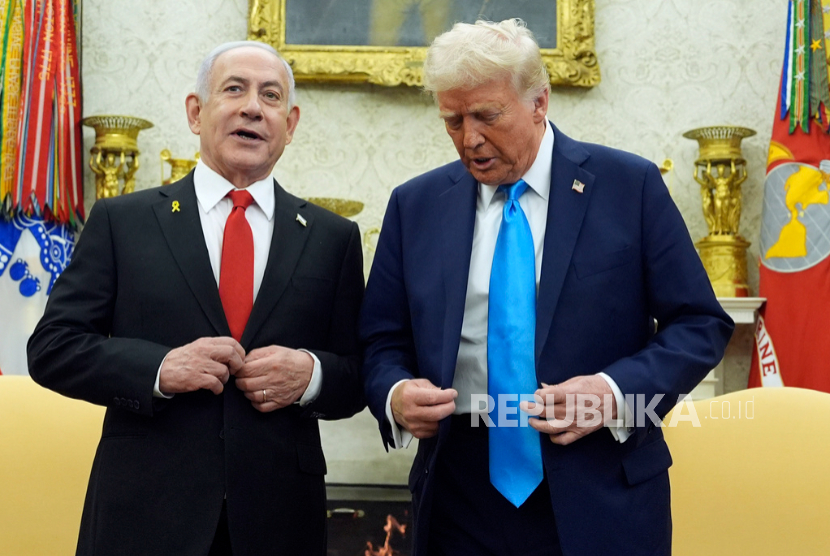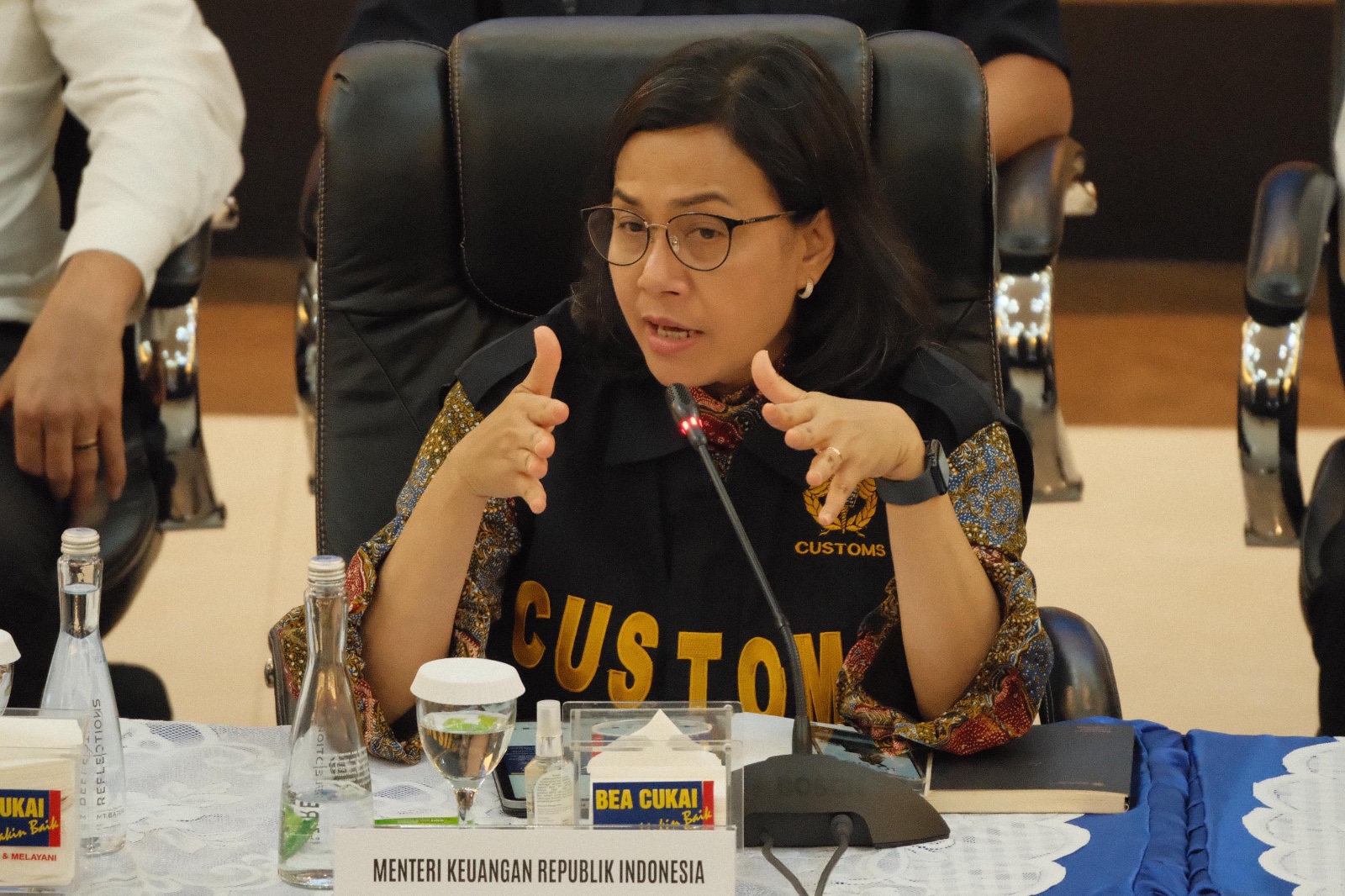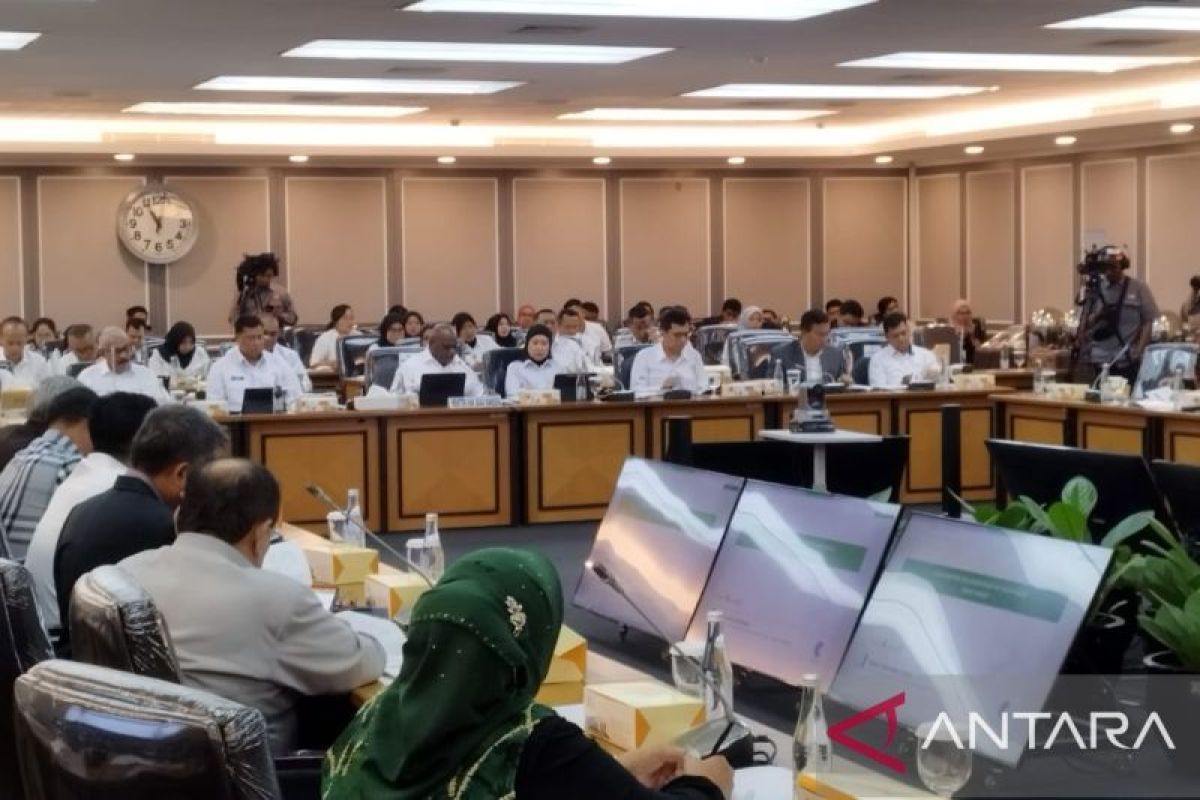Halt in U.S. Aid Cripples Global Efforts to Relieve Hunger
U.S.-provided cash assistance intended to help people buy food and other necessities in Sudan and Gaza has been halted.

TEMPO.CO, Jakarta - The Trump administration’s effort to slash and reshape foreign aid is crippling the intricate global system that aims to prevent and respond to famine.
Struggling to manage hunger crises sweeping the developing world even before U.S. President Donald Trump returned to the White House, the international famine monitoring and relief system has suffered multiple blows from a sudden cessation of U.S. foreign aid.
The spending freeze, which Trump ordered upon taking office Jan. 20, is supposed to last 90 days while his administration reviews all foreign-aid programs. Secretary of State Marco Rubio has said an exception allows emergency food assistance to continue.
But much of that emergency aid is at least temporarily halted as humanitarian organizations seek clarity about what relief programs are allowed to continue. Compounding the problem is Trump’s move this week to shut the U.S. government’s top relief provider, the U.S. Agency for International Development ().
About 500,000 metric tons of food worth $340 million is in limbo, in transit or storage, as humanitarian organizations wait for U.S. State Department approval to distribute it, said Marcia Wong, a former senior USAID official who has been briefed on the situation.
U.S.-provided cash assistance intended to help people buy food and other necessities in Sudan and Gaza also has been halted, aid workers told Reuters. So has funding for volunteer-run community kitchens, an American-supported effort in Sudan to help feed people in areas inaccessible to traditional aid, these people said.
Humanitarian organizations have hit roadblocks in getting paid for emergency food operations. Questions about what programs have permission to continue have gone unanswered because the people who normally field such inquiries—officials at USAID—have been placed on leave, at least six sources said.
The Famine Early Warning Systems Network (FEWS NET), the U.S. entity that produced regular food security alerts meant to prevent , also has been shut down. Its loss leaves aid organizations without a key source of guidance on where and how to deploy humanitarian relief.
And the U.S. government issued stop-work orders to two major manufacturers of nutritional supplements, diminishing the supply of life-saving food for severely malnourished children around the world.
“We are the one thing that nearly everyone agrees on—that little children who are starving and need emergency aid need help,” said Mark Moore, chief executive officer of Mana Nutrition of Georgia, one of the two suppliers ordered to stop producing supplements. “It is not hype or conjecture or hand wringing or even contested use of stats to say that hundreds of thousands of malnourished children could die without USAID."
Shortly after this story was published, the U.S. government notified Mana and the other manufacturer, Edesia Nutrition of Rhode Island, that the stop-work orders had been rescinded.
The U.S. State Department did not respond to requests for comment for this story.
STOCKPILES ON HOLD
Conflict is driving large numbers of people into desperate hunger, and the U.S. is the largest single donor of aid. It provided $64.6 billion in humanitarian aid over the last five years. That was at least 38% of the total such contributions recorded by the United Nations.
In 2023, almost 282 million people in 59 countries and territories experienced extreme food shortages that threatened their lives or livelihoods, according to the 2024 Global Report on Food Crises.
Even before the pause in U.S. aid, the world’s famine-fighting system was under enormous strain, driven by conflict and political instability, as Reuters detailed in a series of reports last year. The halt in aid creates a two-pronged crisis for humanitarian organizations working to relieve severe hunger. It impairs the programs that aim to prevent mass starvation. More immediately, it hobbles programs meant to respond to crises and save lives.
Among the food aid in limbo around the world is almost 30,000 metric tons meant to feed acutely malnourished children and adults in famine-stricken Sudan, two aid workers there said. Some is sitting in hot warehouses, where it is in danger of spoiling, they said.
The food includes lentils, rice and wheat, one of the workers said – enough to feed at least 2 million people for a month. Some items have a quick expiration date and will be inedible by the end of Trump’s 90-day pause, this person said.
Aid groups are confused about which relief programs qualify for waivers from the spending freeze and if they’ll be able to obtain them—because most USAID staff have been placed on leave.
REUTERS | Jaimi Dowdell, Lena Masri, Giulia Paravicini, Ryan Mcneill, and Nafisa Eltahir
Editor’s Choice:
to get the latest news updates from Tempo on Google News




















